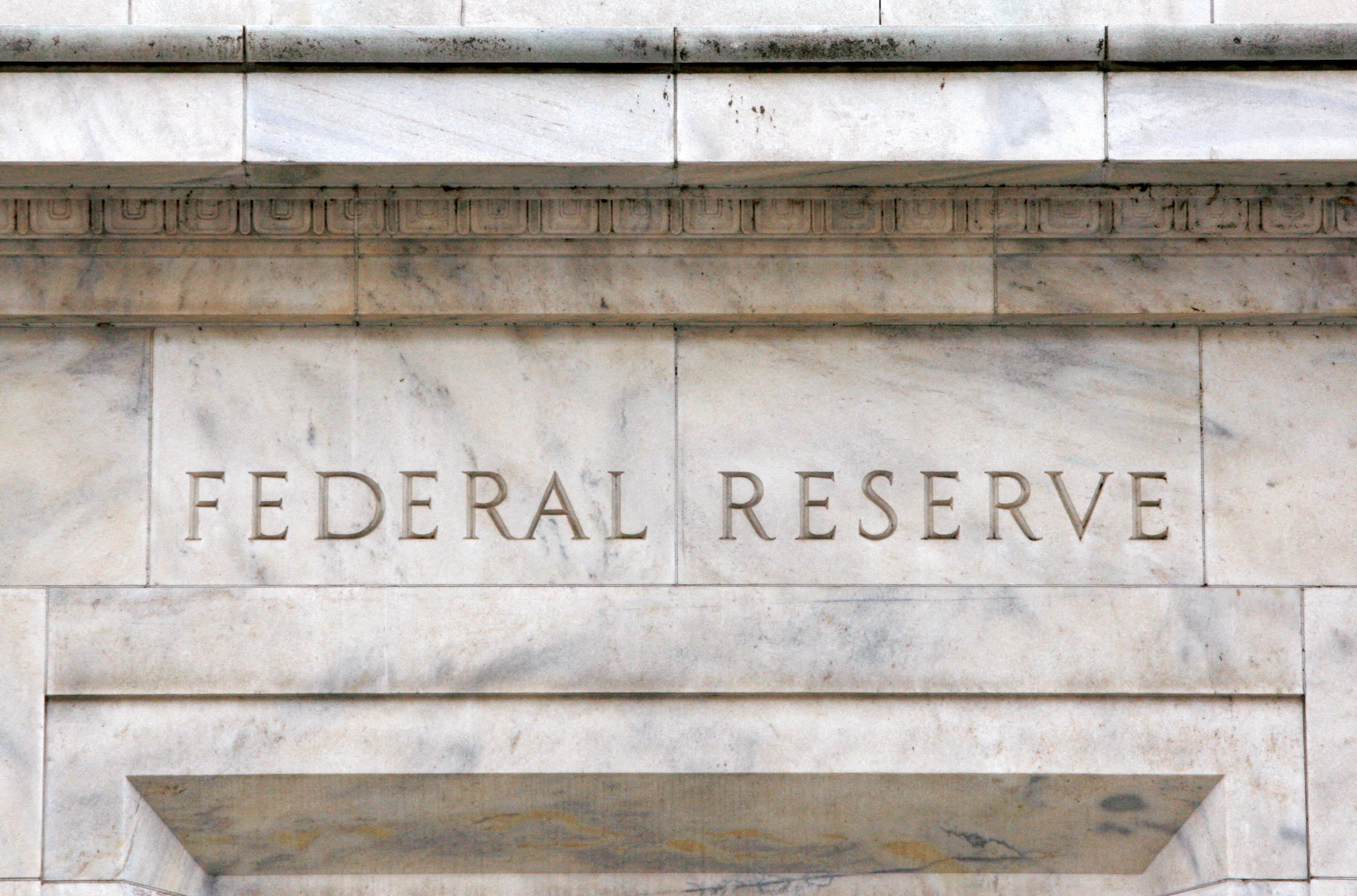Although inflation is still far too high in the U.S., and despite the growing risks of a recession, the U.S. central bank (Fed) is expected to maintain its pace of strong rate hikes next week but may indicate when it plans to start slowing down.
The Fed’s board of directors meets Tuesday and Wednesday at the institution’s headquarters in Washington.
With commodity prices soaring, consumer spending holding steady and the labor market still under stress, “we are almost certain that the Fed will raise rates by another 75 basis points in November,” Barclays economists Jonathan Millar, Chun Yao and Colin Johanson said in a note.
This is likely to be the fourth straight rate hike of this magnitude and would push Fed rates, currently between 3.00 and 3.25%, into the 3.75 to 4.00% range.
Most investors are expecting such a hike, with others betting on the lower end of the range, by only half a percentage point, according to CME Group’s Futures Assessment.
There will be an announcement on Wednesday, November 2 at 2:00 p.m. (18:00 GMT) in a statement. Then Fed Chairman Jerome Powell will hold a press conference.
Since the late winter of 2022, the Federal Reserve has already raised rates five times, first by the usual quarter point, then by half a point, and finally three times by three-quarters of a point.
What is the plan for the Fed?
In recent weeks, authoritative sources among FED directors have hinted at a slower pace ahead.
“The big question is whether the FOMC statement or the subsequent press conference will signal the likely path of policy in December,” Barclays economists point out.
They think “the tenor of the discussion (…) will likely turn to the risk of excessive tightening the tenor of the discussion (…) will likely turn to the risk of excessive tightening.”
Although the United States returned to growth in the third quarter, with GDP up 2.6% after two quarters of contraction, recession threatens the year 2023.
“Slower (economic) momentum in the fourth quarter would support a slower rate hikes, starting in December,” notes Rubeela Farooqi, chief economist at HFE.
She says, “inflation outcomes will trump any weakening in the economy.
In plainer terms, curbing inflation is the priority. At the risk of bending the economy.
Fortunately, inflation remained stable in September, at 6.2% year-on-year, according to the PCE index, favored by the Fed and published Friday by the Commerce Department. Still too high, however, for the Federal Reserve’s liking, which wants to bring it down to 2%.
The unemployment rate remains at its lowest in half a century, at 3.5%.
In Europe, the ECB is also tightening its monetary policy: its key rates have just been raised by 0.75 percentage points for the second time in a row.
The increase in central bank rates is pushing commercial banks to increase the cost of money they lend to their customers, both individuals and businesses, discouraging consumption.
In the United States, consumption, which accounts for two-thirds of growth, has so far held up well. But the trendy credit cards are likely to go out less and less in the coming months.
As household savings during the pandemic dwindle, as stock market investments become less remunerative and as real estate loses value, households will be reluctant to spend lavishly.
Home loan rates, which react in advance to rate increases, have exceeded 7% for the first time in over 20 years for a 30-year fixed rate, the most common in the United States.
All the more so as inflation, the risks of economic slowdown, and even recession affect a large part of the planet.
This weakness in growth among U.S. trading partners, as well as the strength of the dollar, should limit exports, which will weigh on U.S. GDP.



Comment here